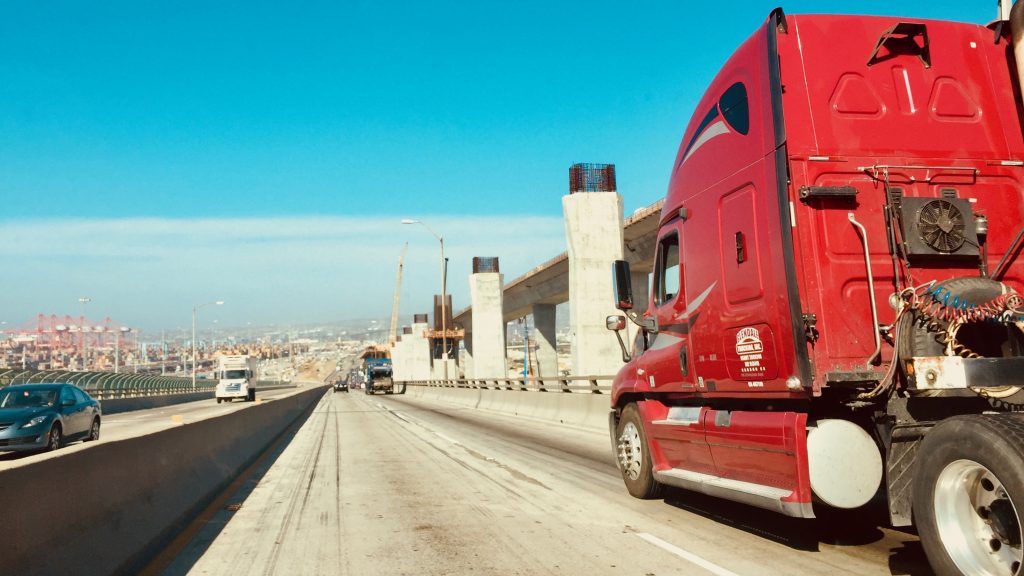Transportation and Goods Movement

Goods movement connects people and goods and is essential to our economy and everyday life. It must be efficient to make the best use of our transportation system, preserve the environment, and reduce energy use, while keeping up with the increasing demand for goods.
Goods are transported using variety of ways, including ships, air, rail, and trucks. Maritime transportation is the most cost-effective way to move goods around the world. More than ninety percent of the world’s trade is carried by sea. But maritime shipping is also a significant source of air pollution.
Mega ships can now move more than 20,000 containers measured in twenty-foot equivalent units or TEUs. Booming demand, economies of scale, and carrier consolidation trends are stimulating this enlargement of container vessels and has already caused overcapacity in the market. This in turn resulted in imbalance in supply and demand bankrupting a top ten carrier. Mega ships can carry more goods on less fuel. But they are also impacting ports with large cargo volumes coming at once, stressing each link of the supply chain, peak congestion, delays and financial burden.
To meet the market demand for speed and reliability, shippers and carriers use air freight. Air cargo’s share of global trade is 1-2 percent by weight and 35-40 percent by value. And this high value industry is expected to grow further.
Moving people and goods is not limited to the sea, land, or air only. Progressive advancements in space development may allow to fly people across the globe in minutes rather than hours within the next decade.
In the U.S. every day about 50 million tons of freight, valued at more than $50 billion, travel through an extensive transportation network. Freight facilities, include seaports, airports, and land ports of entry (border crossings), rail yards and rail lines, highways and high truck traffic roads, and warehouse and distribution centers.
At the core of any comprehensive transportation plan is increase in economic growth and development through efficient movement of goods.

